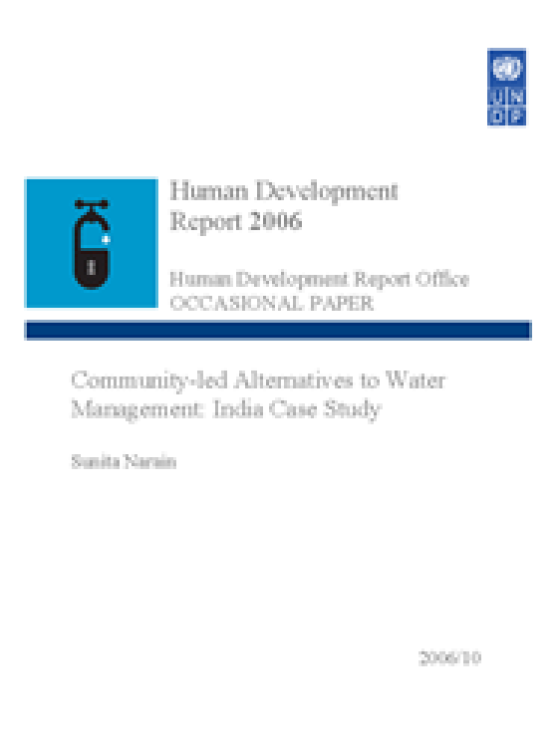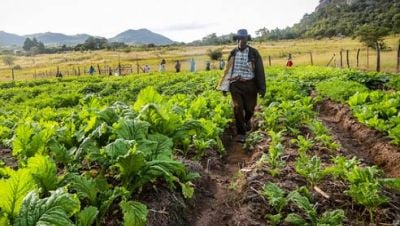Community-led Alternatives to Water Management: India Case Study

Download Report by Language
Document
narainsunita.pdf
(279.72 KB)
Citation
Narain, Sunita. 2006. Community-led Alternatives to Water Management: India Case Study. New York.
Community-led Alternatives to Water Management: India Case Study
Posted on: January 01, 2006
Every country has to mind its water business. But for a country like India, where it rains for roughly 100 hours of the year, the management of water becomes even more critical. It literally determines if the country remains poor or becomes rich; diseased or healthy. In other words, water is the determinant of its future. It is evident from media reports that the scarcity of water is imprinted across India. From the villages of high-rainfall states of Kerala to Meghalaya to the water-stressed regions of central India to cities everywhere, the want of water is a crying need. The reports suggest that the scarcity of water is crippling most of India. Millions do not have enough water, particularly during summer months, and women and girls have to walk long distances to fetch water. In the search for water, people are going deeper into the ground, lowering the groundwater table and leaving wells dry. The per capita availability of water for India in 2001 is expected to be half its 1947 level. Poor sanitation and unsafe drinking water account for a substantial part of the disease burden in India, contributing to diarrhoea, dysentery, typhoid, worms, jaundice and cholera. Each drought destroys the abilities of rural communities to cope. It makes them weaker and more disabled to deal with the vagaries of the monsoon. And in that way drought becomes permanent and long lasting and eats away at the very insides of the country. This is why people across the country want their politicians to deliver on this one promise: water to drink and to irrigate their crops.

